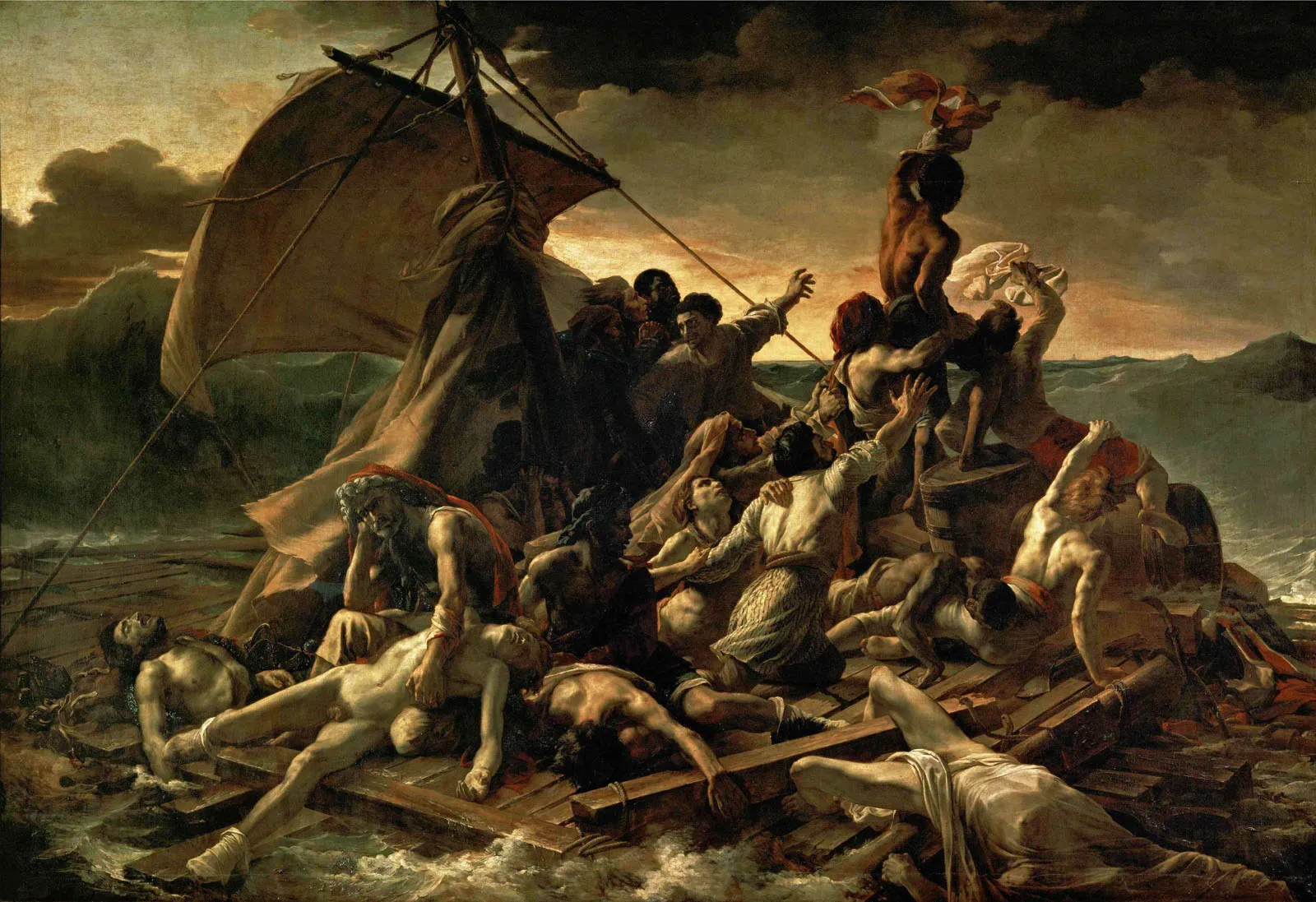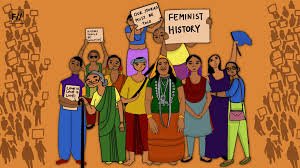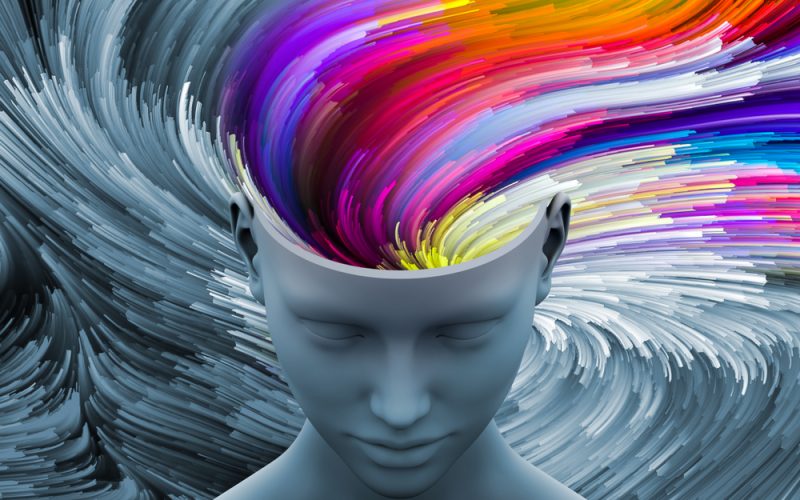Pareeshe Fatima
The Romantic Movement marked a significant artistic, literary, and musical expression shift during the late 18th and early 19th centuries. It was characterized by a focus on emotion, individualism, nature, and imagination. In art, this period saw a departure from the strict rules of neoclassicism, with an emphasis on creating works that evoked strong emotional responses. Artists such as J.M.W. Turner and Caspar David Friedrich captured the sublime beauty and power of nature in their paintings, reflecting the Romantic fascination with the natural world.
In literature, the Romantic Movement produced some of the most enduring works in the English language. Poets such as William Wordsworth, Samuel Taylor Coleridge, and John Keats rejected the poetic conventions of the time and embraced themes of nature, the supernatural, and the inner workings of the human mind. Their poetry often explored the deep connection between the individual and the natural world, celebrating the awe and wonder inspired by natural landscapes.
The Romantic Movement also had a profound impact on music. Composers like Ludwig van Beethoven, Franz Schubert, and Frédéric Chopin sought to convey powerful emotions and personal experiences through their compositions. They expanded the range and depth of musical expression, ushering in an era of music that reflected the tumultuous and emotive nature of human experience.
Overall, the Romantic Movement represented a fundamental shift in the way artists, writers, and musicians approached their craft. It emphasized the importance of individual expression, emotional intensity, and a deep connection to nature, leaving an indelible mark on the artistic, literary, and musical landscapes that followed.
The Romantic movement, a rebellious intellectual and artistic shift that emerged in Western civilization from the late 18th to the mid-19th century, defied the prevailing concepts of order, rationality, and classicism. It celebrated individualism, subjectivity, emotion, and the transcendental, taking a critical stance against the Enlightenment’s emphasis on reason and materialism.
In literature, Romanticism evolved from a new appreciation of medieval romance, reflecting a departure from the formal literary conventions of the time. Notable figures like Wordsworth, Coleridge, and Blake in England, as well as Goethe and other German writers, each brought their unique perspectives, playing pivotal roles in shaping the early phase of the Romantic literary movement.
In the visual arts, Romanticism was manifested through a diverse range of styles and themes. Artists such as William Blake, J.M.W. Turner, and Francisco Goya expressed the Romantic spirit through their imaginative and emotionally charged portrayals of nature, human experiences, and historical events. The Gothic Revival in architecture and the emergence of eccentric buildings known as “follies” were also influenced by Romantic ideals.
Musical Romanticism was marked by a focus on originality, emotional expression, and experimentation with musical forms. Composers such as Beethoven, Schubert, Chopin, and Liszt were instrumental in bridging the Classical and Romantic periods. They introduced new musical forms and techniques, paving the way for later figures like Wagner, Mahler, and Strauss who expanded the boundaries of orchestral music and opera, infusing their compositions with nationalistic and expressive elements.
The Romantic movement represented a transformative period in Western civilization, redefining artistic and intellectual norms and laying the foundation for many of the expressive and individualistic forms of art, literature, and music that followed.















